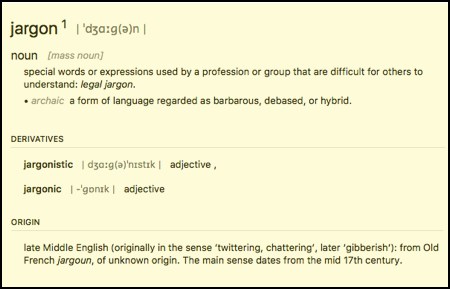The main thrust of the Gate Safe campaign has always been to deliver guidance and training in practical terms which is easy to comprehend – rather than in a technical language littered with jargon – to help improve the safety of automated gates.
In our opinion, a standard which is not only written in a language that few would identify with but one which is 55 pages long, is unlikely to be read, yet alone understood and adhered to by the average installer – as is the case with the BS EN 13856 standard relating to the safety of machinery and pressure sensitive protective devices ie general principles for the design and testing of pressure edges.
No less than 31 pages of the standard are devoted to how to test pressure edges. In reality, how many automated gate installation companies would a) be able to afford to purchase the standard b) have the time to read it c) understand the terminology and the intricacies of the tests involved?
In the interest of sharing knowledge, below is the Gate Safe ‘plain English’ interpretation of the standard:
- Firstly, and most importantly the pressure edges should be configured so that they fail safe preventing the machine from operating until the obstruction is cleared. The size of the profile selected should take into consideration the need for the gate to operate effectively based on its average travel speed
- As part of the manufacturing process the edge should be tested in excess of 10000 operations. After each operation, the deformation of the edge must return to more than 80% of its original size in 30 seconds and 95% after 30 minutes
- The standard requires that pressure edges must be capable of operating at temperatures as low as minus 5 degrees. Given temperatures in the north of the country during the winter months, this gives cause for concern as to the degree of safety afforded by pressure edges during periods of extreme cold weather!
- The controller for the edge must be fitted into a weather proof housing IP 67 if it is sited in a position where there is the potential for it to become immersed in water
Given the complexity of the standard, Gate Safe’s recommendation would be to seek out detailed training from the pressure edges’ manufacturer. The training should cover how to mount the edges, the angle at which edges should be fixed to the gate or barrier, and most critical of all, the maintenance required on an ongoing basis – information which should be shared with the installer as well as the user – since, according to the standard edges should be tested every three months!
Going direct to the pressure edges’ manufacturer and requesting guidance on the above points places the onus of responsibility in their hands. A responsible manufacturer should be prepared to play their part in contributing to a safe and compliant installation.
